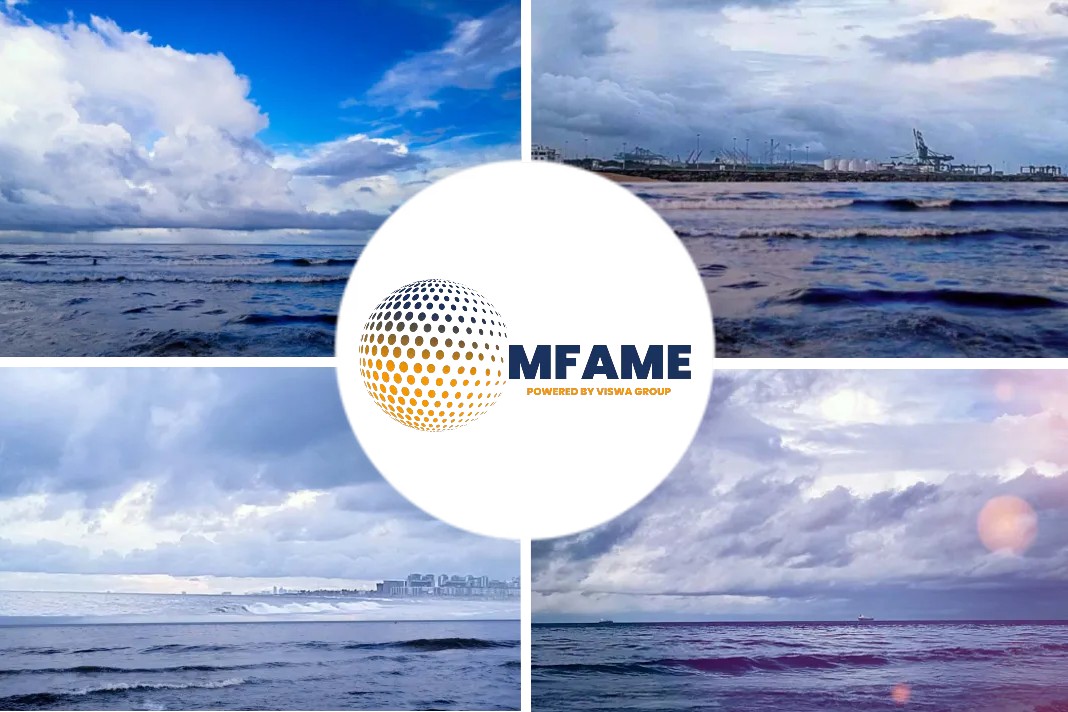
A Xeneta news source talks about Q1’23 Carbon emission carrier ranking.
Xeneta and Marine Benchmark Carbon Emissions Index (CEI)
We have returned with another edition of carrier carbon emissions for the Far East to US East Coast trade using the Xeneta and Marine Benchmark Carbon Emissions Index (CEI), which we playfully refer to as “naming and faming.” In the first quarter of 2023, Yang Ming Lines showcased remarkable performance compared to other carriers in this route, achieving an impressive average score of 61.4 on the CEI index.
In Q1 2023, there has been an improvement in the average CEI score for the Far East to US East Coast route, which has decreased from 83.4 in Q4 2022 to 78.8. This indicates some positive developments in the factors evaluated for the index, demonstrating a decline in the trade’s carbon intensity. One of the primary aspects influencing the CEI score is the vessel’s size. While larger ships have higher total emissions, when measured per ton emissions rise at a slower rate compared to size. In Q1 2023, the ships deployed on this route were the largest since Q4 2021.
Even though carriers utilized larger vessels, they managed to raise their average capacity utilization to 85% while also reducing their sailing speed, leading to a more significant improvement in the trade lane’s CEI score.
Q1’23 CEI Carrier Ranking
Far East – US East Coast
| RANKING | CARRIER | CEI SCORE |
| 1 | Yang Ming Lines | 61.4 |
| 2 | ONE | 63.6 |
| 3 | Hapag Lloyd | 64.8 |
| 13 | Wan Hai Lines | 109.1 |
Yang Ming Lines has emerged as the top performer in the Far East to US East Coast trade, achieving a remarkable score of 61.4 on the CEI index. Although their performance in Q4-2022 was even better, they managed to maintain a leading position ahead of the other competing carriers.
Yang Ming’s success can be attributed to three primary factors. Firstly, they utilize larger vessels, with an average size of 13,500 TEUs, which is notably greater than the trade lane average. Secondly, their fleet comprises of newer ships, with an average age of 6.6 years, compared to the trade lane average of 10.7 years. Lastly, they adopt a slower sailing speed than the market average, which further enhances their performance.
While Yang Ming Lines achieved the top performance in Q1 2023, it is worth noting that they were also among the carriers that covered the longest distance during that period. This aspect, however, presents a downside when considering the perspective of CO2 emissions.
Get an honest view of carrier emissions
Get ahead of the competition by making informed and sustainable carrier selections with Xeneta and Marine Benchmark’s independent and reliable Carbon Emissions Index (CEI) data. No guesswork here, just AIS tracking of actual sailings across 13 of the world’s major trade routes, and expanding coverage in the near future. Don’t settle for outdated and unreliable data, book a demo of the CEI today and start making smarter shipping decisions. Get demo here.
Did you subscribe to our Newsletter?
It’s Free! Click here to Subscribe!
Source: Xeneta





















